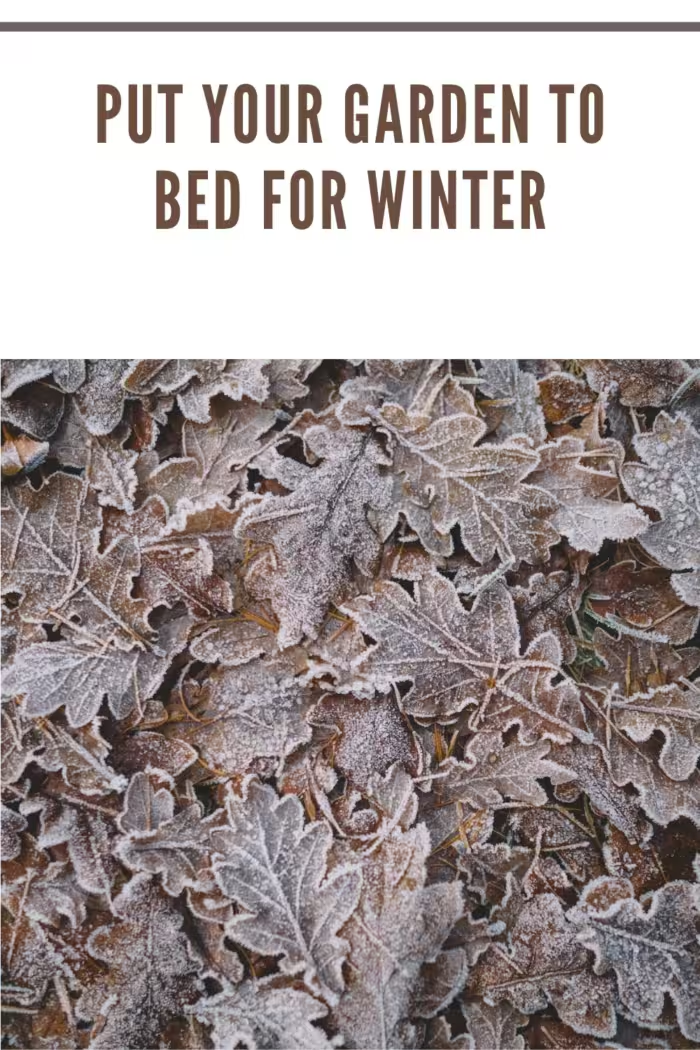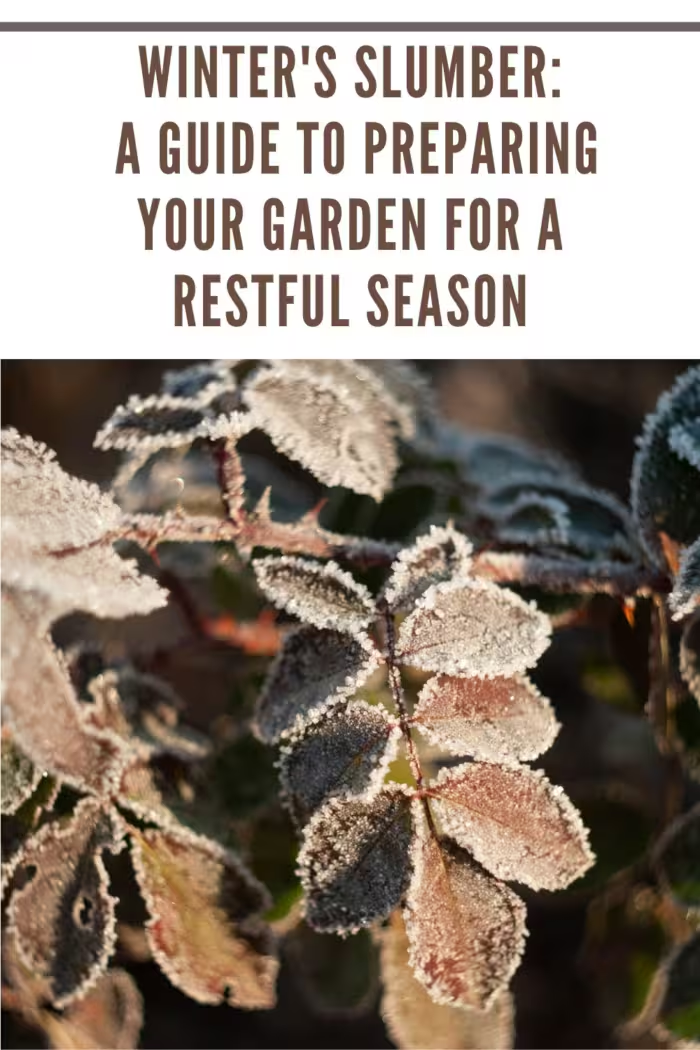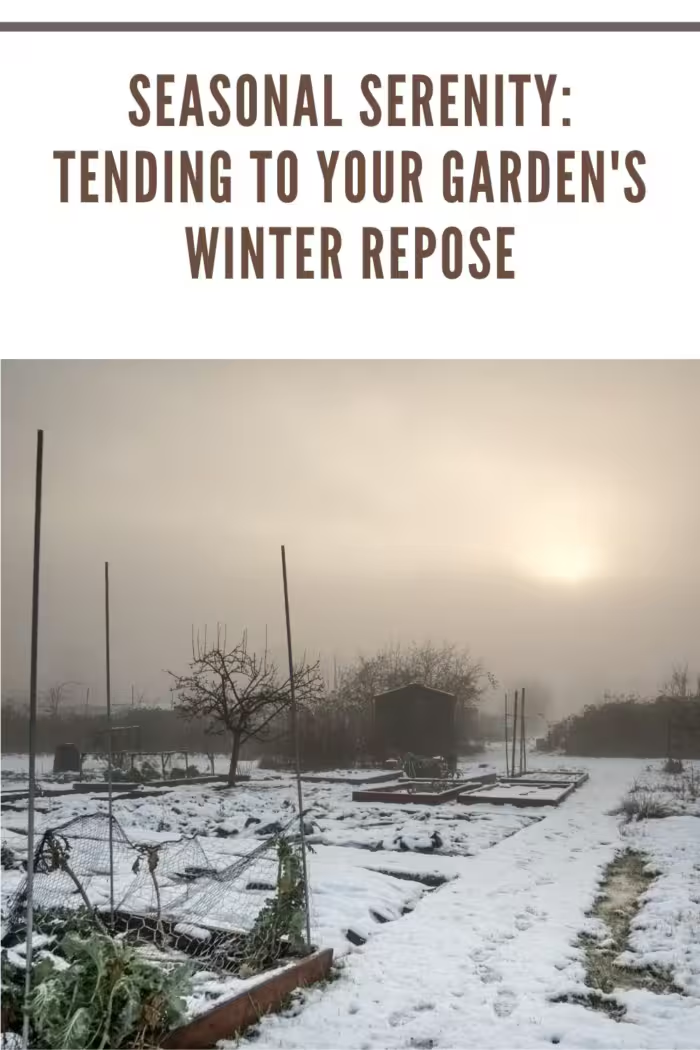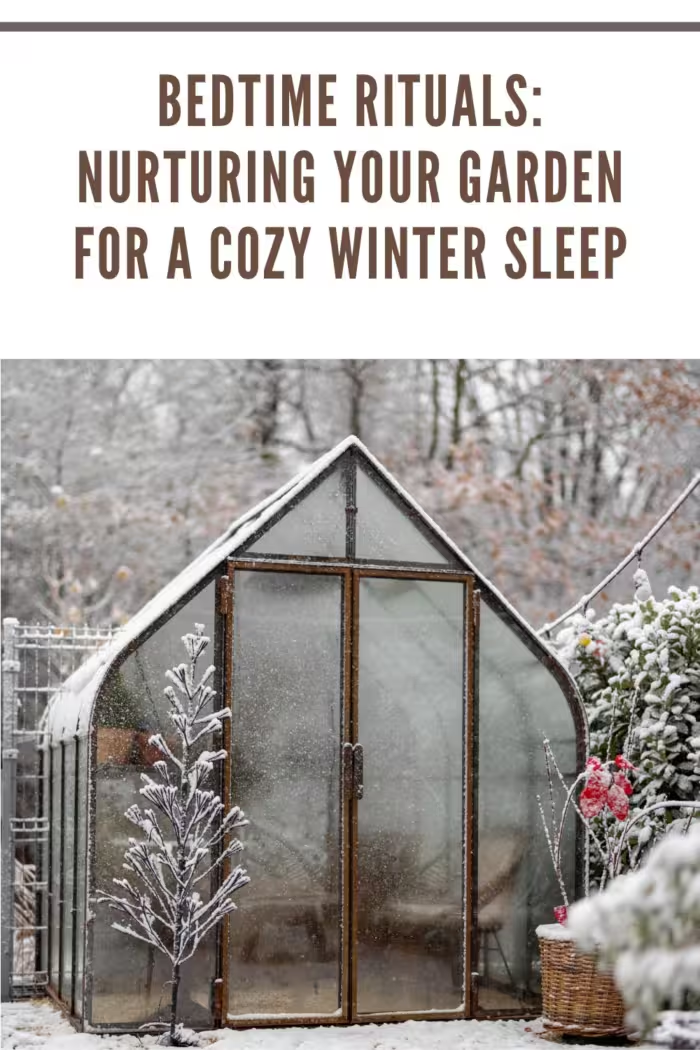Putting Your Garden to Bed for The Winter Is Very Valuable
It’s imperative to protect all the hard work you did during spring, summer, and fall before the cold weather arrives. November is the perfect time to put in place protective protection to ensure a healthy, productive growing season next spring. The winter season brings with it unique challenges and opportunities. Nature has its own ways of coping with the cold months, but you can do plenty of things to help prepare the garden for winter.
Mulch Your Perennials When Nighttime Temperatures Are at Or Below Freezing
Annuals complete the cycle in just one growing season, while perennials live on for three years or longer. Growing perennials in outdoor planters is a good idea because they require less maintenance, even if it may cost more than bedding the plants initially. With so many perennials to choose from, it’s possible to create combinations that are just as appealing as they’re colorful. Plants in containers are more at risk in cold weather than others because the roots aren’t as well insulated as they would be if they were planted in the ground. Also, wet compost can freeze during low temperatures.
Perennials can be planted any time from the last winter frost to autumn. Since they’re hardy plants, they don’t require too much effort from you, so they’ll come back in the spring larger and lovelier than ever. If you live in a cold climate, RHS suggests you cover the soil with mulches like leaves, bark, wood chips, and other organic matter to prevent the perennials from dying out too quickly. It will help moderate the soil temperature, particularly if the place you live doesn’t have snow covering the ground throughout winter. Beds and borders can be mulched entirely. You should lay the mulch over moist soil when it’s not frozen.

Remove Invasive Weeds That Have Taken Over the Growing Season
Getting rid of the weeds now will save you time and wasted effort as you don’t need to pull countless of their offspring when preparing the garden for spring. Weed control is a year-long responsibility; there are pests that can survive the changing seasons and be ready to start growing once the weather warms up in the spring. When it comes to eliminating the weeds, you need a strategic approach. Undesired plants, especially like lawns, areas where infestations have occurred in previous years, places facing frequent precipitation, and gardens where lawnmowers and rototillers are regularly used.
Find an herbicide that’s powerful enough to eliminate the weeds but doesn’t cause damage to your garden. Residual weed killers kill everything, including the soil itself. What you need is a selective weed killer that leaves the grass unharmed; it’s a super concentrate that combats the toughest of weeds. If you live in one of those lucky places that have a relatively mild and tame winter, apply fertilizer to strengthen the garden for spring. Damp conditions allow it to release the weed killer it carries, more effectively killing the pests. Absorption can only take place if the soil is moist from the rain. Spraying the weed killer in November means the weeds will struggle to survive the winter.

If You Have a Hardy Plant in A Weak Container, Put It in The Ground
Only two types of plants can fare well in the cold weather: perennials and annuals. A winter container garden doesn’t require hours of maintenance to keep it looking good, not to mention it allows you to add a splash of color to your porch, front steps, and yard when the rest of the garden goes dormant. If the plants are potted in a weak container, it’s a good idea to put them in the ground and bring the vessel inside. It’s good to know for next time that fiberglass, iron, lead, and plastic are the best weather-resistant planters. A planter on wheels ensures almost limitless flexibility and adds pragmatic beauty.
If you have a weak plant you’d like to save, bring it inside at once and treat it as a houseplant. It may not die, but it can be severely damaged, so bringing the plant inside will help it stay warm and continue to grow.
Here are some important tips to keep in mind:
- Eliminate dead, unhealthy, or leggy growth
- Avoid bringing pests indoors
- Add in some fresh soil to add nutrients
- Bring in the plant at night, gradually increasing the time indoors
- Keep it out of reach of children (and animals)

Harvest And Ensure the Best Mix of Nutrients
It’s essential to keep up with your outdoor composting pile. The heat of the summer is over, and nature’s microbes are settling in for the winter’s nap, so covering the bin is vital. The organic matter inside will stay warm enough to avoid freezing. Even if garden waste does compost in a heap, a bin is much better – you can make your own using wood, breeze blocks, or pallets. Woody material can take years to decompose unless it’s chopped up, so it’s best added in small pieces to provide a larger surface for organisms to work on.
Harvest any existing compost before it starts getting cold to free up more space for fresh materials. You can sprinkle or rake your compost into your vegetable, flower, or tree beds. You can compost all the materials you’d normally compost in the summer, such as grass clippings, dry leaves, and sticks. Don’t worry if your pile is beginning to look sloppy; it doesn’t mean you’re composting the wrong way. It’s normal for areas that experience a lot of snowfall. It’s best not to use too many citrus peelings due to their acidity. Eggshells are great in compost, says WebMD.

The Bottom Line
Even if the garden is winding down for the colder months ahead, you can still enjoy your outdoor space, even if that means focusing on maintenance. Adequate preparation is crucial to ensure your plants survive the winter and come back strong in the spring. Even though the temperatures are dropping and sunlight hours are fewer each day, there’s no reason to forget about the garden. Make decisions on next year’s garden now.
